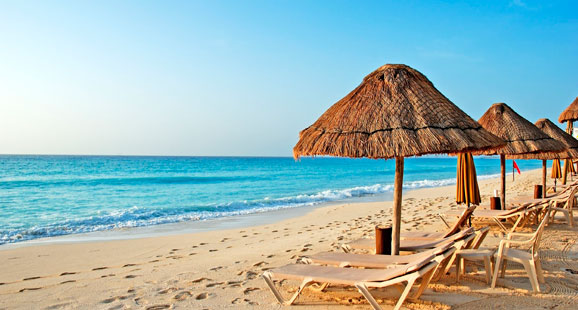
PIURA - GENERAL INFORMATION
It is always sunny in Piura, and the blue sky, in which the soul of the desert and the light of the tropic merge, turn this place of South America into a unique one. This is a calm and pleasant city; the locals have always been characterized by their friendliness and kindness.
APPEALS
Its beaches of yellowish and orange sand, surrounded by carob trees and tropical savannah. The turquoise-green, lukewarm (24°C in average) and varied sea, got Piura to become famous worldwide. Beaches such as Máncora, Los Órganos and Cabo Blanco (at this last one, Alfred Glassell Jr. caught the biggest black marlin of the world, in 1953 (1560 pounds, according to the IGFA), are ideal for surfing or deep-sea fishing.
It was a stronghold for Ernest Hemingway, whose presence will remain impregnated in the locals memory. The quiet Colán beach, in the middle of the department, is ideal to rest, due to its calm and esmerald waters, and to the peculiar luminosity of the night there.
In the city of Piura, there are very interesting places, such as the Plaza de Armas, the Carmen and San Francisco churches, authentic architectural jewels of the 18th century, the Museum House of the Admiral Miguel Grau Seminario, Museum of Religious Art, Municipal Museum and Art Gallery, etc.
In the neary locality of Catacaos, workd of silversmith's and craftworks can be admired and bought, and vegetable and pulse stew are made with its rich and varied culinary that is well-known by the locals and foreigners.
The whole region is surrounded by tropical dry forests full of wild animals, as in the Cerros de Amotape national reserve. The Vice en Sechura mangrove swamps are the southernest ones in the Pacific Ocean of South America, and are unique in the world, due to their size.
There is also space for the traditional craftsmanship, such as silver filigree, hats, and the craftsmanship of Catacaos, the singular agricultural valley of Sullana, covered with rice fields and coco palms, near the Chira river that crosses it and where it is possible to do water-skying.
In Chulucanas, the traditional ceramics have gone beyond the borders of the country. Concerning the sierra, Piura has Canchaque and Huancabamba as ideal regions to rest, and in which one can enjoy beautiful medicinal lagoons shuch as in the Huaringas.
It has a very rich and varied archaeological zone: Vicus2, at 56 km in the South-West of Piura. In this area, we can find one of the most ancient civilizations of the Peruvian coast. It has gorgeous craftworks in precious metals and ceramics. The Aypate area, 40 km away from Ayabaca, in the South-East, is known as the Northern Machu Picchu, due to the perfection and resemblance of the stone used in the constructions. It was a political, religious and military center quite important when the Inca empire established their territory in this region. Petroglíferos de Santa Rosa de Suyo is 101 Km away from Ayabaca. They are engravings in the stone related to geography and tools; they are stylizations of animals and figures.
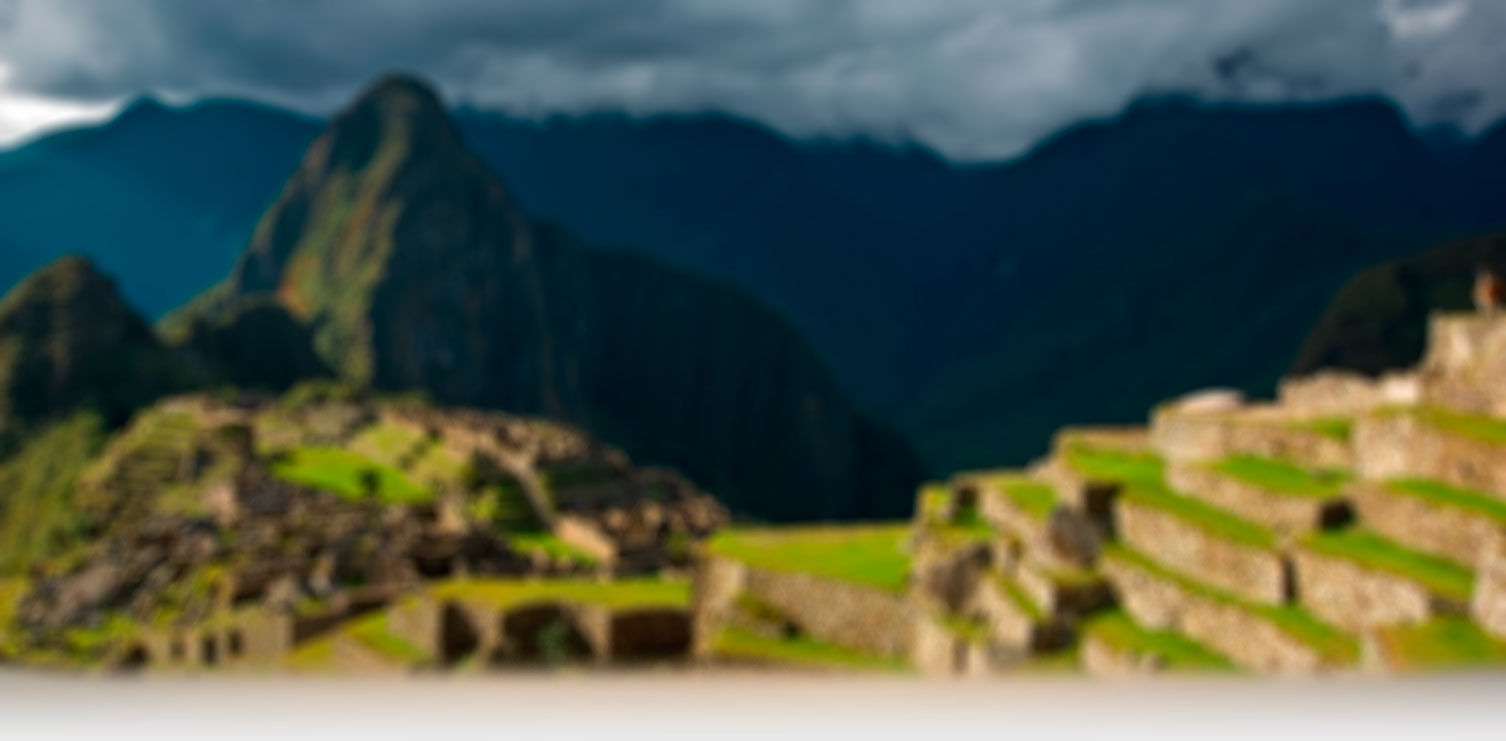
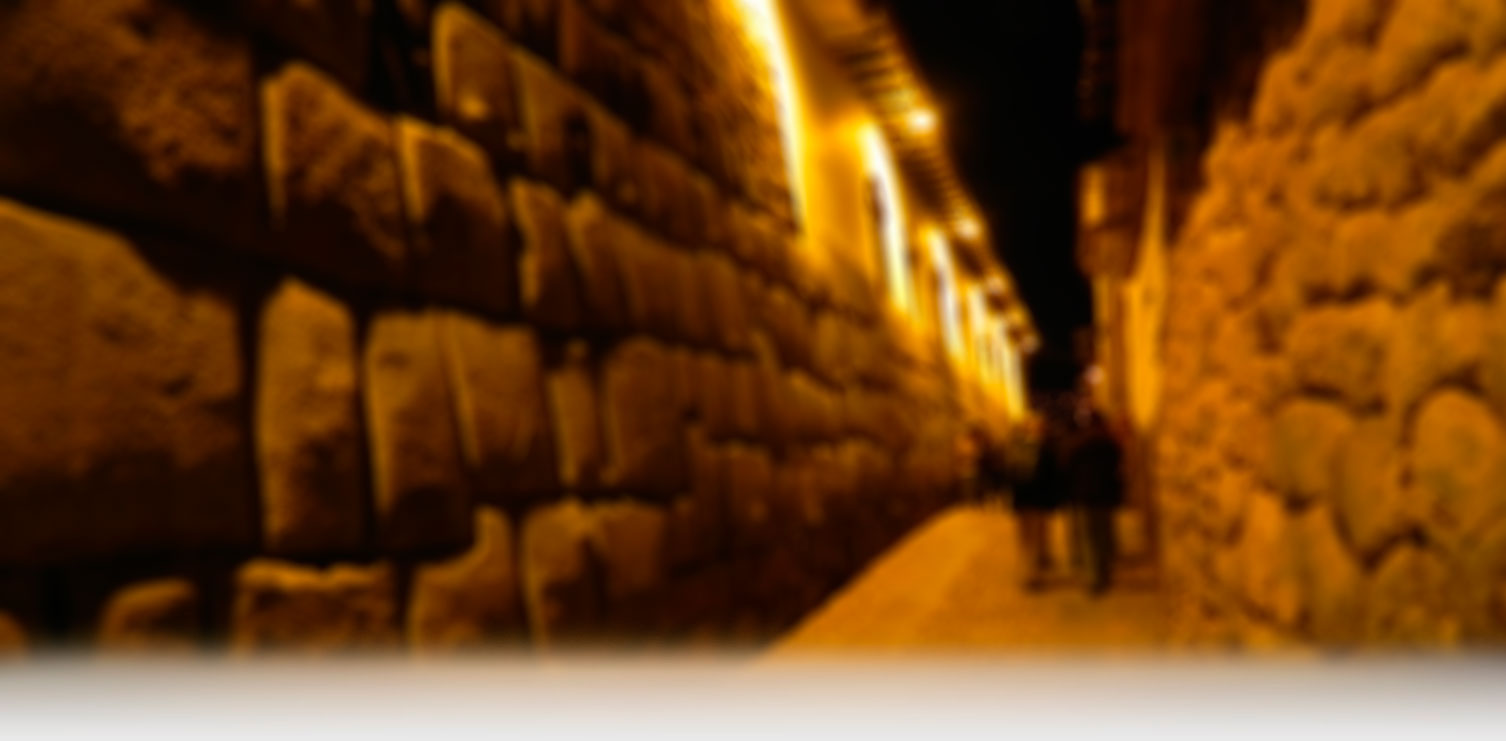
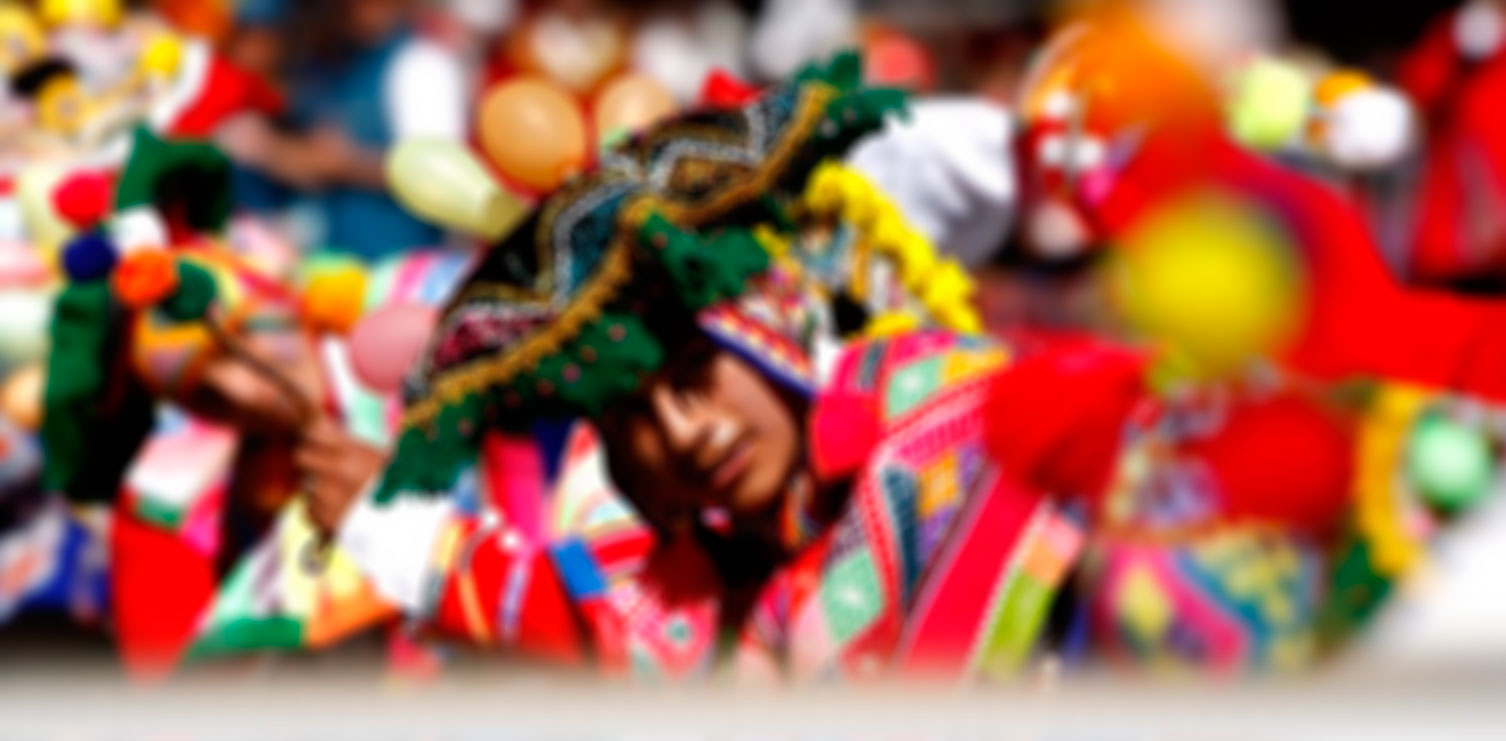
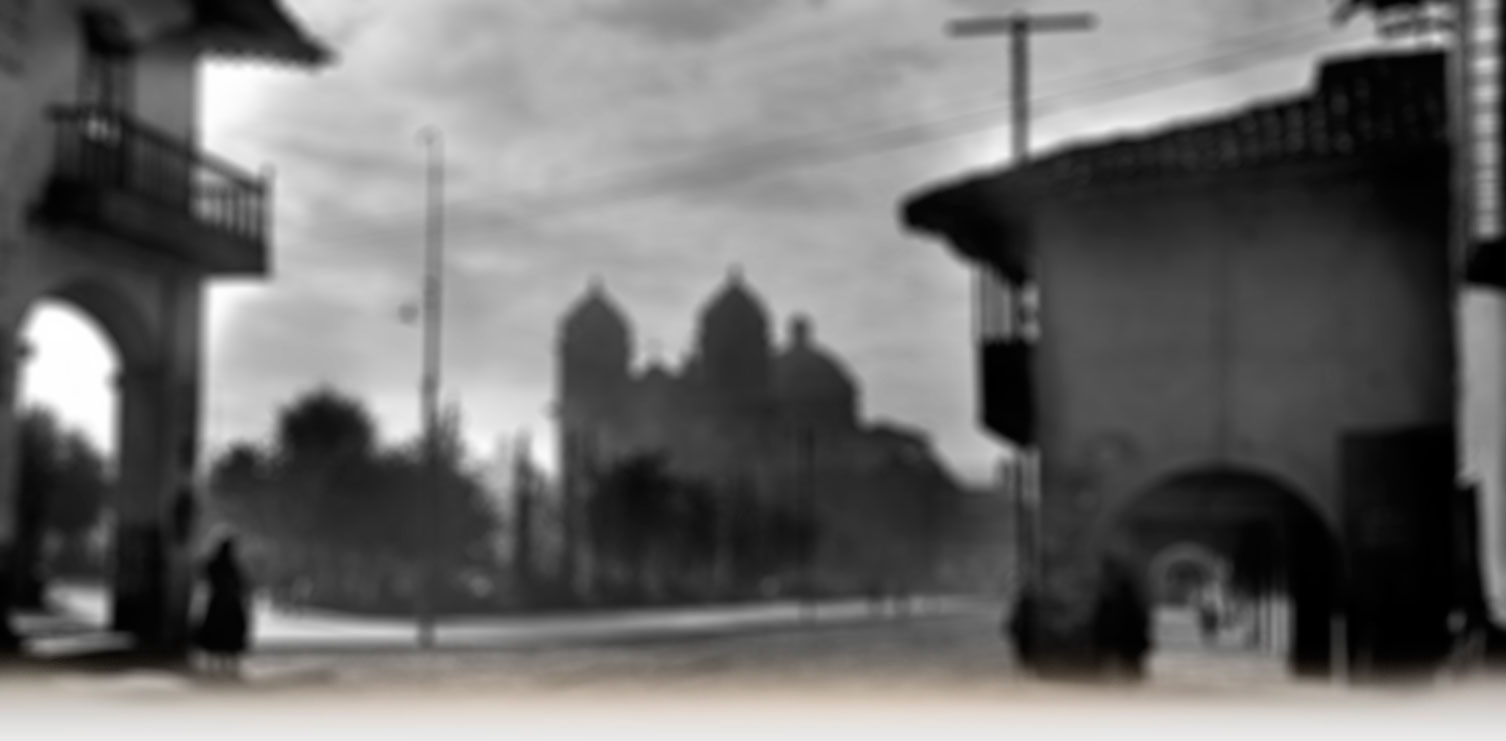




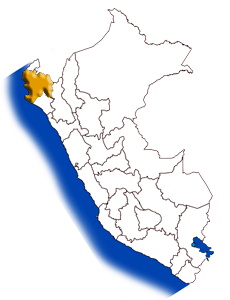
 +5184 223865
+5184 223865  24Hrs: 958-076720 / 984-118056
24Hrs: 958-076720 / 984-118056 117*469
117*469 reservas@inkaways.pe
reservas@inkaways.pe titosouthamericanjourneys
titosouthamericanjourneys